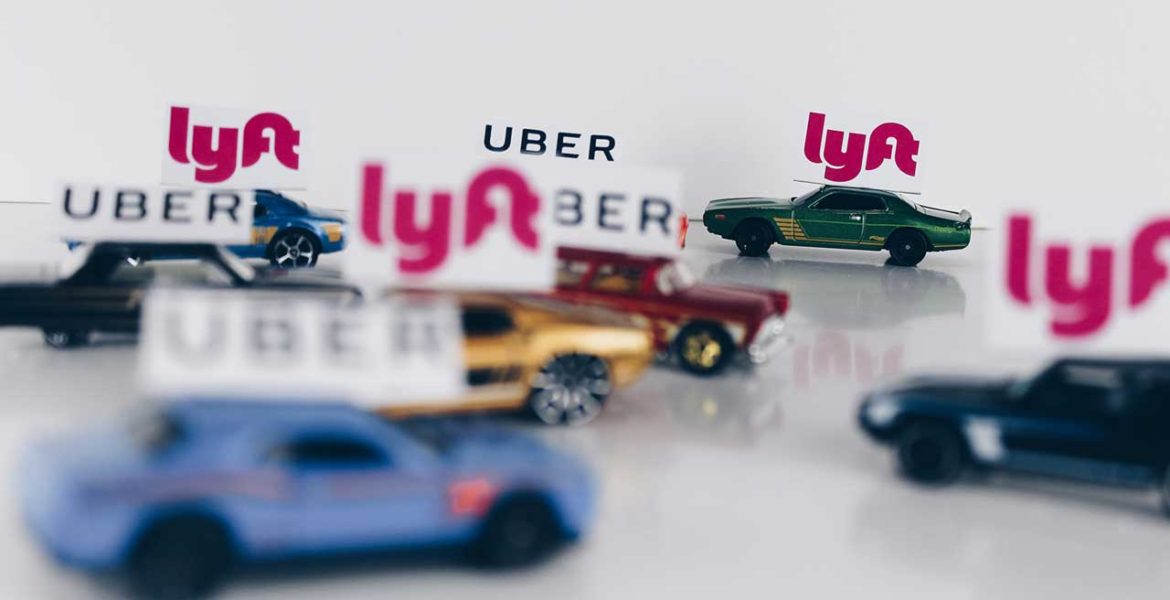By Cherian Thomas, CEO of Octopus Interactive
The Covid-19 pandemic sent shockwaves around the business world, but some industries found themselves uniquely exposed to the sudden disruption of daily life. Bars and restaurants, for example, closed virtually overnight, and many of those that have since reopened are operating with diminished capacity. Theaters and music venues, stadiums, airports – all businesses where large groups of people congregate in enclosed spaces have suffered.
The rideshare industry suffered along with them. Rideshare pioneers Uber and Lyft used to see their busiest hours ferrying passengers around weekend nightlife, which all but disappeared. Unsurprisingly, Uber and Lyft saw a sudden drop in ridership at all hours when the world hunkered down to shelter in place. Now, as communities gradually reopen, many people wonder about the future of the rideshare economy.
They might be surprised to see what’s happening. Not only does current and growing data point to an ongoing recovery in the rideshare economy, but any future scenario we can envision for life after Covid will also almost certainly incorporate rideshare into its personal-mobility backbone and infrastructure. Despite everything, the future of rideshare appears quite bright.
The Current Landscape
Uber and Lyft both experienced roughly a 75% drop in ridership in the U.S. immediately after the first Covid-19 pandemic lockdowns. They were particularly vulnerable to disruption as they primarily serviced communal gathering places – bars, restaurants, airports and such – that all shut down virtually overnight.
The fear was palpable in those early days across the rideshare economy, as it was in so many other sectors. Drivers worried about their income, shareholders worried about their assets, and everybody worried about the prospect of even leaving the house. Before long, though, rideshare started to bounce back. By July it was clear that the worst of the initial market shock had passed.
Our own company’s ridership and engagement metrics, which we track from tablets that deliver entertainment and information in the back seats of Uber and Lyft vehicles, also showed that video sessions and rideshare drivetime have both doubled since April across our network. Though we all continue to live under a lot of unknowns, businesses are reopening and consumers are spending again as the economy finds its feet and transportation slowly rebounds.
Moreover, as the economy recovers and travel resumes, rideshare is poised to make significant inroads in dense, wealthy urban markets that rely heavily on public transportation. Many people are rightly concerned about the possibility of sharing space with strangers on a bus or train, and rideshare is widely perceived as a safer alternative.
In the midst of all of this, Uber and Lyft have right-sized and jettisoned some of their non-core businesses. Uber helicopters probably won’t be coming to a neighborhood near you anytime soon.
But these two rideshare pioneers are still looking to the future, and they’re right to like what they see.
What’s Next for Rideshare
One thing the rideshare industry hasn’t abandoned is its vision for an all-electric, increasingly-autonomous future for personal mobility. It’ll be some time before Uber’s and Lyft’s investments in autonomous vehicle technology pay off, but when they do – and many expect that they will – the companies could be poised to dominate the new physical and financial landscape.
The day is rapidly approaching when private vehicle ownership will nearly vanish, and all of us will simply summon an autonomous vehicle whenever we need to get from A to B. That sudden introduction of unstructured transportation time (which would have otherwise been spent driving) will free riders to work, reflect or communicate as they please. Communities will be built around this new dynamic.
Uber and Lyft know this, and they’re both working to position for advantage in this looming new reality. The future of rideshare will be electric and clean, it will likely be autonomous, and it’s going to continue changing society as we know it.

